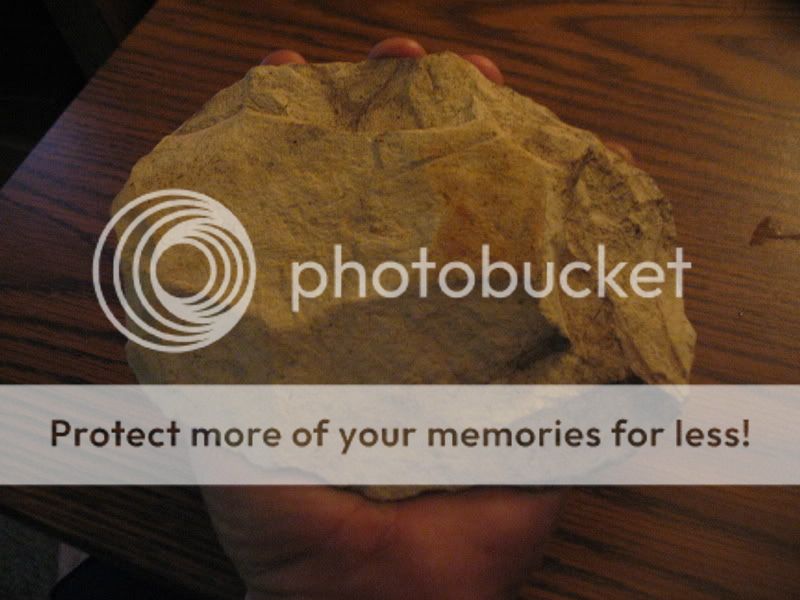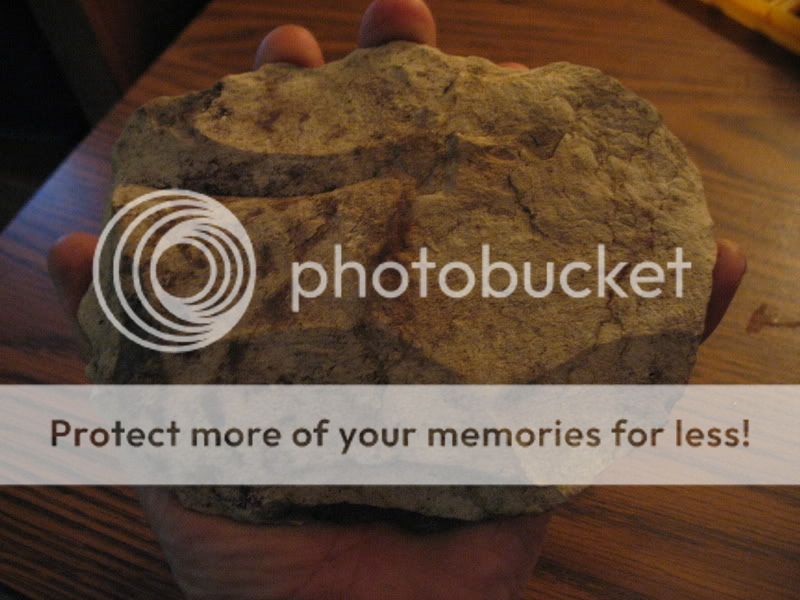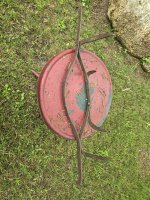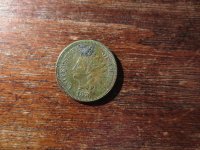GL
Bronze Member
Had this awhile, thought it was some sort of adz or hoe or something.
Now that I have been here a while I have read about preforms and roughed out hunks that were traded and since I live about an hour from Morrow Mountain and all that sweet Rhyolite...I thought maybe...just maybe...this could be a traded chunk of rock used to make points and tools out of.
Found near Ellerbe, NC along with some points made from the same material.


Now that I have been here a while I have read about preforms and roughed out hunks that were traded and since I live about an hour from Morrow Mountain and all that sweet Rhyolite...I thought maybe...just maybe...this could be a traded chunk of rock used to make points and tools out of.
Found near Ellerbe, NC along with some points made from the same material.


Upvote
0


 btw this is just my opinion.
btw this is just my opinion.

